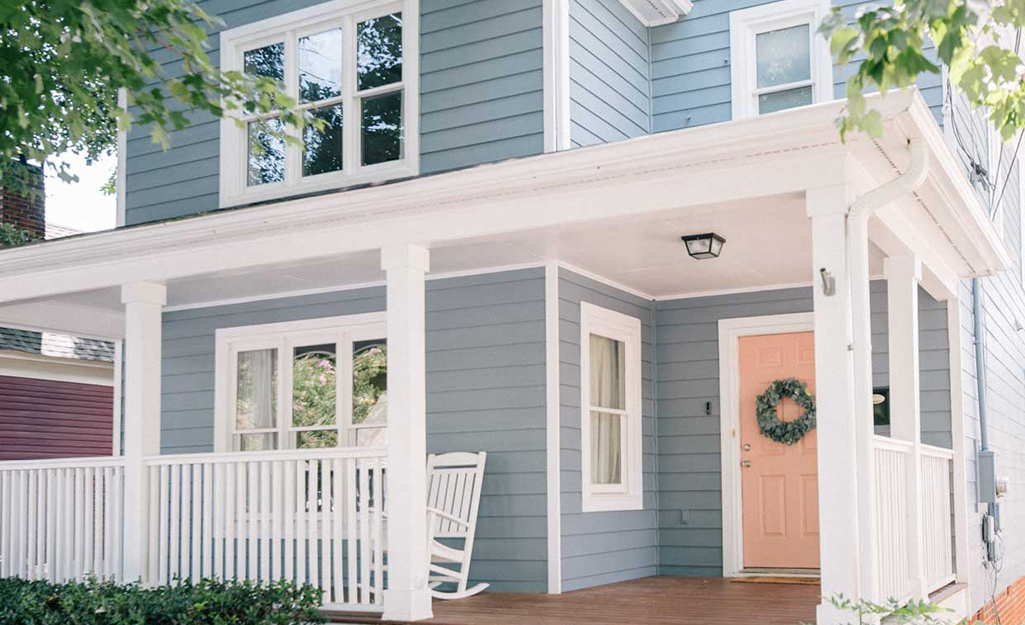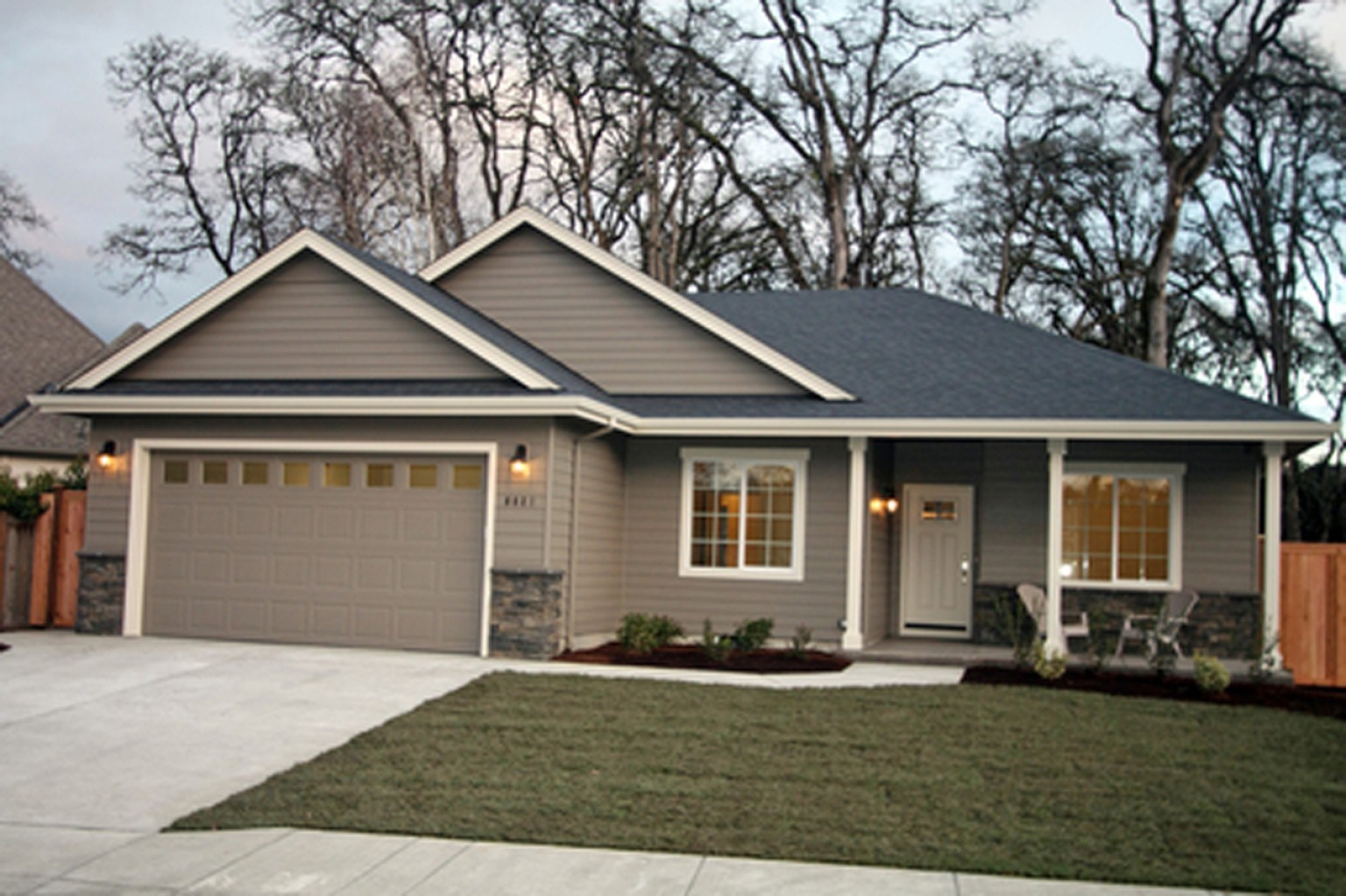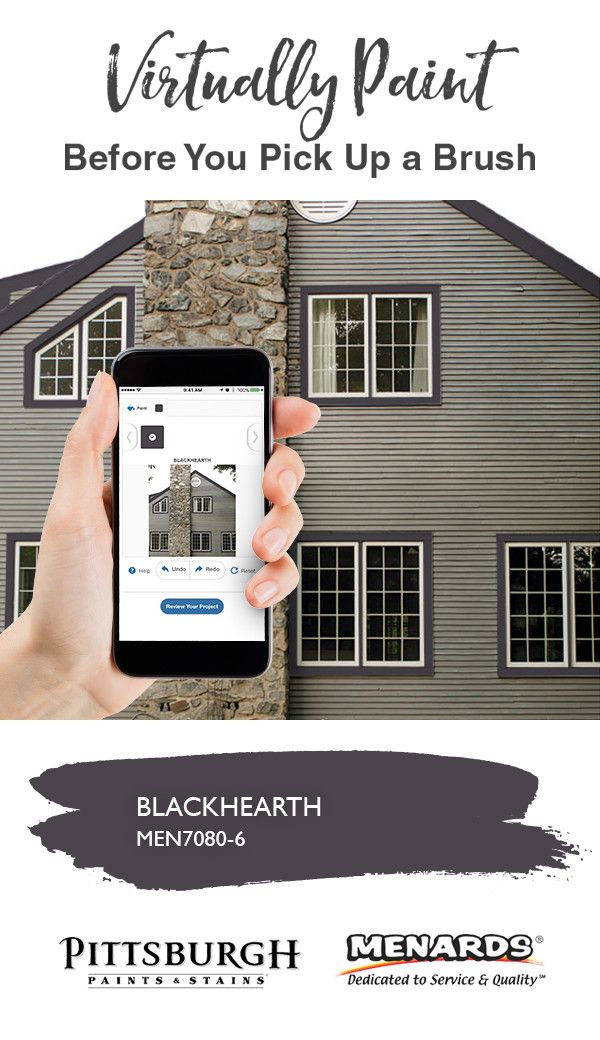Table Of Content

The humidity level should be in the 40% to 50% range; some humidity is necessary to help the paint dry at the proper rate. Avoid painting when the air reaches 70% humidity and above. Some paints can be applied in temperatures as low as 35 degrees Fahrenheit. Wipe excess paint from the face of the window trim with a rag before it dries. Use this same tip anywhere excess paint builds up along an edge.
Clean House
Water-based primers are a good choice if knots aren’t an issue. Water-based paints are compatible with both types of primer. If the paint hasn’t cracked or flaked, you may not need to prime at all. Advantage 900 from Porter Paints is designed to go over any existing paint without priming or sanding. Oil-based paints, on the other hand, dry to an inflexible coating that blocks moisture. The results can be telltale cracks as siding gives and paint blisters as trapped moisture tries to find a way out.
How to DIY a Board-and-Batten Wall
The important thing when it comes to brush or roll is that you use a quality tool. Not all paint brushes or rollers are the same and results may vary, so we encourage you to use the most high quality brushes or rollers to support your hard work. Your local Benjamin Moore retailer can help you make the right selection. When you’re spraying, make sure to air the nozzle perpendicular to the surface you’re spraying. Start the painting stroke before squeezing the trigger, and let the trigger off before stopping the stroke. After letting the primer dry, I applied color on the wall with the airless sprayer.
Step 7: Purchase primer and paints.
The new paint may not match exactly, but at least you’ll prevent further damage and push off that major paint job several more years. When using a sprayer, it's essential to go back over the surface with a brush or roller to ensure even coverage. Nolan recommends back-brushing for wood surfaces and back-rolling for cementitious surfaces. Whether your facade looks a little worn or you want to give your home a colorful makeover, you can add lots of curb appeal if you know how to paint a home exterior. The project involves a significant time commitment, specialized equipment, and basic DIY skills, but the outdoor update is well worth the effort. Knowing the techniques is key to a successful exterior painting project.
You’ll also need a few clean one-gallon paint cans and a clean five-gallon bucket. You’ll find brochures at the paint store with collections of historic colors. Many paint stores have designers on staff who can help you choose colors, or you could hire a designer or architect. You can improve your painting skills by understanding the strategy pros use. Right before you crack open your paint cans, take the time to mask off and tarp any surface you won't be painting, including landscaping.
Courteney Cox's paint color creates a grounding atmosphere - Homes & Gardens
Courteney Cox's paint color creates a grounding atmosphere .
Posted: Sun, 10 Mar 2024 08:00:00 GMT [source]
Preparing the house for painting
The goal is to remove all of the dirt, pollen, grease, and other impurities that could affect how the paint adheres to the wood. According to Fixr.com, the national average for a 1,500 square-foot house is $5,170 (including minor prep work). Pricing fluctuates based on the type of siding on your home. For example, a 1,500 square-foot home with engineered wood would cost between $1,500-$2,000, while a stucco home comes in much higher at $4,800-$6,500.
Exterior house painting starts with an assessment of the home’s surroundings. Before you begin, you’ll want to make sure that you can easily access all of the home’s exterior surfaces. Start by walking around the house and noting where limbs and bushes may get in the way. Remember — less is more during house painting as a thick, heavy hand may cause drips or uneven application. Two- (or more) story homes can pose a safety risk for inexperienced DIY painters with inadequate tools to complete the painting work safely.
The best exterior paint for your home is one that maintains its color and protects against outdoor elements such as moisture and sun damage. Applying primer ensures the paint properly adheres to your home’s exterior. Examine your home for areas where paint has lifted, is peeling, or curling up, as you’ll need a smooth surface before you begin the paint application. Gently scrape loose paint with a wide paint scraper and a wire brush. Your time is valuable, and painting can take a considerable amount of time. Does your job require you to travel away from home often?
Use the siding color on casing edges

Then brush with the grain of the wood to smooth the paint. The larger the area you’re painting, the more difficult this task becomes. Use natural breaks like door and window casings or courses of siding to divide large areas into manageable chunks. Drips, runs and sags are best avoided by constant vigilance.
Although the question still gets asked, water-based paints win hands down for home exteriors. Department of Agriculture Forest Products Laboratory (FPL) in Madison, Wisconsin, shows that water-based paints expand and contract with the siding. They also allow water vapor generated inside the house to pass through the paint film. For years, there’s been a lively debate about the supremacy of oil-based or water-based paint. Oil-based products, which include alkyd paints, clean up with mineral spirits.
It also smooths transitions between the siding, trim and other similar transitions. Now that all the loose paint has been removed, it’s time to sand the edges smooth. Your objective in this step is to feather out the transition between the existing paint and the area you just scraped.
Before you stand back and marvel at this huge DIY accomplishment, you’ll need to clean up the worksite. Remove painter’s tape, scrape any paint off of windows, and clean tools and brushes. Seal paint cans by cleaning the inner ring, placing the lid back on the paint can, and gently hammering around the lid’s perimeter with a rubber mallet. It’s essential to properly calculate the amount of primer and paint you’ll need to complete your home. Avoid under or overestimating by using Benjamin Moore’s online paint calculator.
Using a hose, a pump sprayer, and a scrub brush is slower but safer, and just as effective. As a general rule, UV resistance, which prevents fade, is one of the main benefits that separate the quality of one paint from another. Acrylic/latex paints like Aura® Exterior Paint and Regal® Select High Build are generally the best choice for exterior painting projects. Latex paints resist the sun’s rays and are highly compatible with all the substrates mentioned above, so they are not as prone to fade like oil-based paints. For example, Glidden’s Spred Satin is an interior with a modified acrylic, while its Spred Dura Satin is an exterior paint with an all acrylic binder.














